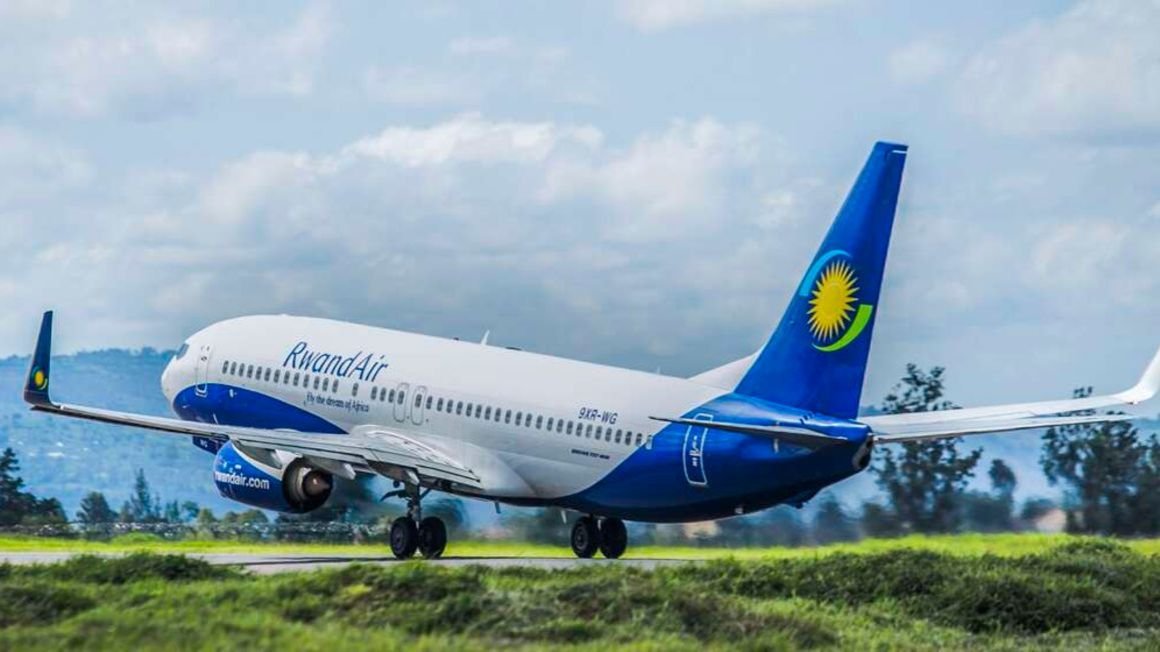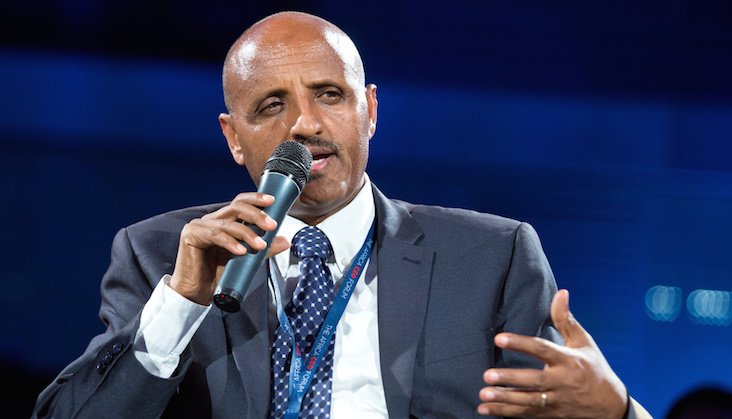The International Air Transport Association (IATA) announced the launch of its Recommended Practice Per-Passenger CO2 Calculation Methodology. This is the first tool of its kind developed by aviation industry actors and uses verified airline operational data to calculate and quantify CO2 emissions per passenger for a specific flight.
Airlines collaborating on calculations
How often are you prompted by airlines to offset your CO2 emissions? Often the choice is hidden away somewhere, and without the customer’s active participation, the little voluntary box to tick can be hard to locate. Even those who include the option on the booking details page do not tell you how much of ‘your’ generated emissions you are actually contributing to offsetting.
For those significantly invested in flying with a slightly greener conscience, there are, of course, already services out there that will allow you to calculate CO2 contributions on everything from dietary choices and daily commute, a long-haul flight to Asia, or a regional hop to go home and see your parents for Easter.
However, the measurements are quite generic and do not take into account the different efficiency of aircraft types, actual weight, cargo in the belly, or the recent addition of sustainable fuels. IATA’s new measurement system takes into account several industry-specific factors. Willie Walsh, IATA’s Director General, commented,
“Airlines have worked together through IATA to develop an accurate and transparent methodology using verified airline operational data. This provides the most accurate CO2 calculation for organizations and individuals to make informed choices about flying sustainably. This includes decisions on investing in voluntary carbon offsetting or sustainable aviation fuel (SAF) use.”
Measurable parameters
The methodology upon which IATA‘s calculations are based takes the following factors into account:
- Guidance on fuel measurement, aligned with the Carbon Offsetting and Reduction Scheme for International Aviation (CORSIA)
- Clearly defined scope to calculate CO2 emissions in relation to airlines’ flying activities
- Guidance on non-CO2 related emissions and Radiative Forcing Index (RFI)
- Weight-based calculation principle: allocation of CO2 emission by passenger and belly cargo
- Guidance on passenger weight, using actual and standard weight
- Emissions Factor for conversion of jet fuel consumption to CO2, fully aligned with CORSIA
- Cabin class weighting and multipliers to reflect different cabin configurations of airlines
- Guidance on SAF and carbon offsets as part of the CO2 calculation
- Tool for airlines, travel agents, and travelers
So more than simply allowing passengers to calculate their CO2 emissions to offset them accurately, the tool could be used to compare different flights of different airlines to see which option is the most sustainable to begin with. Mr Walsh further commented,
“The plethora of carbon calculation methodologies with varying results creates confusion and dents consumer confidence. Aviation is committed to achieving net-zero by 2050. By creating an accepted industry standard for calculating aviation’s carbon emissions, we are putting in place essential support to achieve this goal. The IATA Passenger CO2 Calculation Methodology is the most authoritative tool and it is ready for airlines, travel agents, and passengers to adopt.”
Source: Simple Flying






